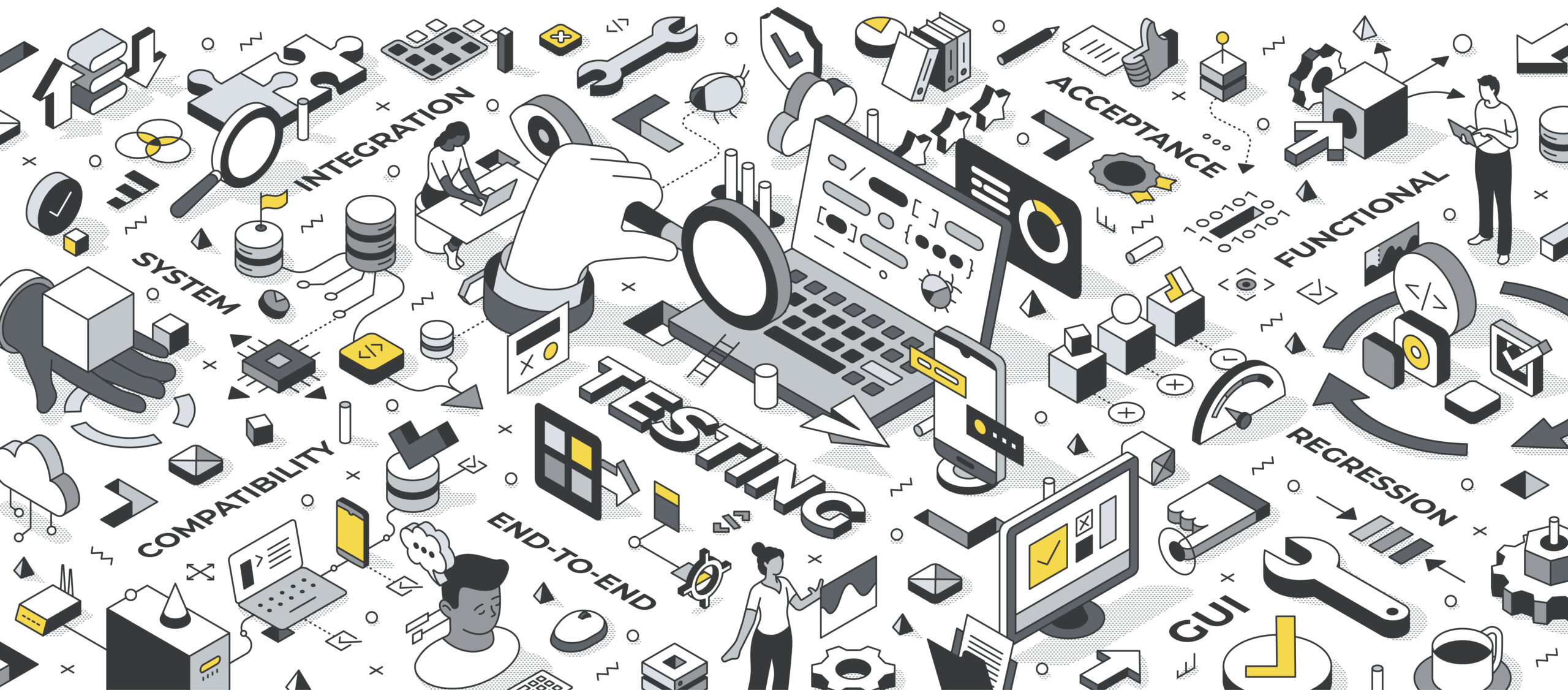Microsoft Dynamics 365 remains one of the most trusted and capable CRM platforms available today. For many organisations, running Dynamics 365 on-premises has provided the control, security, and customisation needed to support critical business operations. Owning your infrastructure offers advantages: full control over data, tailored custom integrations, and the ability to align your environment closely with industry-specific compliance requirements.
However, as Dynamics 365 Cloud continues to advance, delivering continuous innovation, enhanced security, powerful AI features, and seamless integration with the wider Microsoft ecosystem, the gap between on-premises and cloud is widening. Businesses that remain on-prem are increasingly limited by infrastructure demands, slower access to new capabilities, and growing challenges around scalability and remote accessibility.
On a commercial level, staying on-prem risks falling behind competitors that are moving faster, operating smarter, and adapting more easily to change. The decision isn’t about abandoning what’s familiar; rather, it’s about choosing a foundation that will keep scaling with you, not against you.
When Dynamics 365 On-Premises Still Makes Sense — And Why That’s Changing
On-premises deployment has long been the standard for CRM, especially in sectors where control and compliance are non-negotiable. For businesses operating in or connected to industries like aerospace and defence, the ability to maintain infrastructure control has been essential.
Advantages of Dynamics 365 On-Premises:
- Complete Control: Your infrastructure, your rules. For organisations with strict regulatory needs or complex security protocols, this can be a benefit.
- Data Sovereignty: Some industries (particularly in government or defence) require data to remain within specific physical or geographic boundaries.
- Custom Integration: If your environment has legacy systems or deeply entrenched custom applications, on-prem may still offer the easiest route to integration.
These benefits are narrowing. Maintaining control also means absorbing the burden of upkeep, patching, upgrading, and ensuring security. All of these require time, resources, and technical expertise. This usually means maintaining (and retaining) an internal IT team, or outsourcing to an IT consultancy with the required skills and security credentials.
The Real Cost of Holding Onto On-Prem
Dynamics 365 On-premises deployments can seem simpler to maintain, but they often conceal costs that increase over time. These hidden costs undermine operational efficiency and future scalability.
- Maintenance Overhead: Server upkeep, software patching, compliance checks, and hardware refresh cycles all eat into IT budgets and resourcing.
- Delayed Access to Innovation: New capabilities like AI-powered insights, predictive analytics, and seamless collaboration tools are often reserved for cloud deployments, meaning on-prem systems fall further behind with each release cycle.
- Security Risk: Cyber threats are evolving rapidly. Without the constant security investment Microsoft delivers through the cloud, businesses risk falling short on protection and compliance.
- Talent Drain: IT professionals are moving away from managing legacy systems. Recruiting and retaining talent willing to support ageing on-prem infrastructure is becoming harder — and more expensive.
These technical limitations create commercial risk. The longer an organisation waits to modernise, the more disruptive and costly the gap becomes.

Dynamics 365 Cloud — Scalability, Security, and Innovation
Modern businesses need more than a CRM. They need a connected platform that scales, integrates, and evolves with their needs. Dynamics 365 Cloud provides this flexibility, and removes many of the constraints that come with on-prem systems.
Benefits of Dynamics 365 Cloud:
- Scalability Without Infrastructure: Add users or expand functionality instantly, without the need to upgrade physical servers. Saving time and money.
- Security and Compliance: Microsoft invests over $1 billion a year in cloud security. That level of protection is hard to match in-house, especially for mid-sized businesses.
- Automatic Updates and Innovation: Dynamics 365 Cloud eliminates the need for major upgrade projects. The cloud gives immediate access to the latest features, including Microsoft Copilot, AI-assisted insights, and seamless Power Platform integration.
- Anywhere Access: Teams can access Dynamics from anywhere, on any device, without the need for complex setups or VPNs that drain bandwidth.
- Better Integration: Dynamics 365 in the cloud is designed to work effortlessly with Microsoft 365, Teams, SharePoint, and other business-critical tools.
The cloud enables businesses to adapt quickly, optimise performance, and reduce dependency on large IT teams for routine system changes.
Cloud-First Dynamics 365: A Platform for Sustainable Growth
Most organisations operate in spaces where there is stiff competition and tight margins. Growth takes more than aggressive marketing or a winning proposition. It requires speed, efficiency, and insight.
Cloud-native Dynamics 365 enables organisations to:
- Launch new services without costly infrastructure upgrades
- Respond to customer needs in real time
- Expand into new markets without backend restrictions
- Empower teams with tools that adapt to them, not the other way around
With real-time reporting, Power BI integration, embedded AI insights, and seamless collaboration tools, teams spend more time optimising and innovating. Leaders gain faster access to the information needed to act decisively and confidently.
Competitors that remain on-prem are forced to dedicate time to patching and upgrade planning, while cloud-first organisations are already executing on the next opportunity.

How to Migrate from On-Prem to Cloud — Without the Headaches
Moving from Dynamics 365 on-premises to the cloud isn’t just a lift-and-shift exercise. It’s a strategic decision that repositions CRM as an enabler of long-term business growth.
What a successful migration includes:
- Discovery and Planning: Reviewing your current CRM setup, identifying customisations, integrations, and critical data that must be migrated.
- Readiness Assessment: Checking licensing, compliance needs, and technical dependencies to ensure a smooth transition.
- Migration Execution: Moving data, configurations, and customisations with minimal disruption to your daily operations.
- Training and Enablement: Equipping users to fully adopt the new environment — including automation, mobility, and new reporting features.
- Optimisation and Innovation: Building on the new foundation with automation, real-time analytics, and platform integrations.
Choosing the right partner makes all the difference. With the right approach, the transition can be seamless and the returns immediate.
Why Dynamics 365 Cloud Is the Right Strategic Step
On-premises systems are becoming more expensive to maintain and slower to evolve. For organisations experiencing limitations in flexibility, scalability, or innovation, now is the right time to modernise.
Dynamics 365 Cloud doesn’t just address existing issues — it enables new capabilities, greater visibility, and better decisions across the business. Growth, resilience, and security are easier to achieve with a platform designed to move with you.
Migration requires careful planning, but the risks of standing still are greater than the challenges of moving forward. QGate helps organisations reduce that risk, accelerate adoption, and build a modern CRM foundation that drives results.
Book an assessment with a member of the team and learn more how QGate can help you migrate your Dynamics On-Premises to Cloud.




















